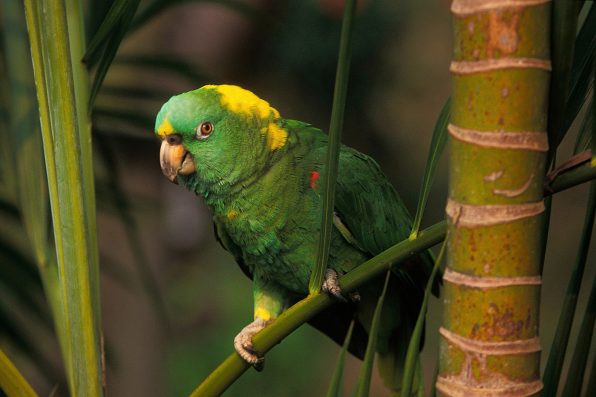In human societies, distinct languages and dialects are common. What most people don’t know is that other species, namely birds, are capable of developing dialects as well. Scientists didn’t really start paying attention to bird dialects until the 1950s.
One of the pioneers of the field was Peter Marler, a British behaviorist who noticed that chaffinches in the United Kingdom sounded different in several valleys.
Dialects can be created due to environmental changes. An event as small as the installation of a new power line can lead to new dialects. They can also shift rapidly or persist for decades. For instance, some San Francisco dialects of white-crowned sparrows in North America didn’t change for 40 years.
A team of researchers from the University of Pittsburgh at Johnstown and New Mexico State University has investigated how the dialects of the yellow-naped amazon parrot evolved over a period of 22 years.
Yellow-naped amazons are big green parrots with yellow feathers on the backs of their necks. They bond with mates for life, forage in small groups during the day, and roost in large flocks at night.
They are native to Costa Rica and use a variety of calls to communicate with each other. Contact calls are the most frequently used. They also demonstrate the different dialects among the birds.
The researchers conducted their initial studies in 1994, which showed three distinct contact types: North, South and Nicaraguan. Each was used in a particular area.
In 2005, the team reexamined the areas and found that the dialects had remained relatively unchanged and pretty much stayed within the geographical boundaries.
However, when they conducted their third survey in 2016, they observed some major changes. In a span of 11 years, the boundary between the North and South dialects had shifted. New variants of calls appeared in the area where previously only the South dialect had been used.

Sign up for Chip Chick’s newsletter and get stories like this delivered to your inbox.


